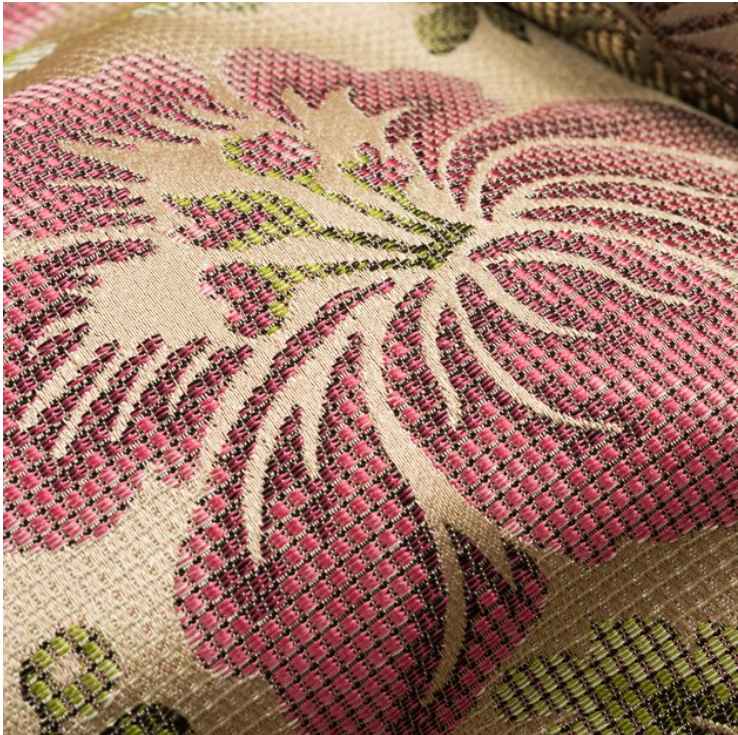You cannot directly sublimate on burlap as it lacks polyester content. For sublimation, a special coating is necessary.
Sublimation printing transforms special inks into gas with heat and pressure, which then bonds with polyester fibers or coated materials. Known for its rustic charm, burlap, a woven fabric made from jute, hemp, or flax fibers, is not naturally suited for this process due to its organic composition.
Crafters looking to customize burlap must first apply a polymer coating that can receive the sublimation dye. This step is crucial because sublimation requires a synthetic base to ensure a vibrant and lasting design.
While traditional burlap’s texture presents a unique challenge, advancements in fabric treatments have made it possible to achieve sublimated designs on an array of unconventional surfaces, broadening creative possibilities.
The Basics Of Sublimation
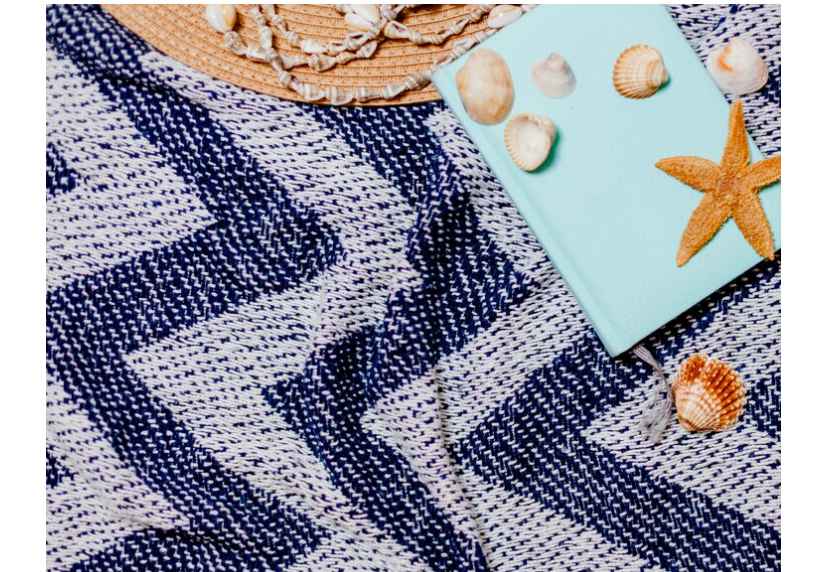
Sublimation is an innovative printing method. It turns solid dye into gas without becoming liquid. This process imprints designs onto materials. It creates vivid, long-lasting images. Sublimation needs specific types of material. These materials must withstand high heat. They should also have a polymer coating.
Sublimation Process Simplified
Let’s break down sublimation. First, you print your design onto special paper. Next, you place the paper on your material. Then, you use a heat press. The press applies high heat and pressure. The dye turns into gas. It bonds with the material. When it cools, the gas turns back into a solid. This leaves a vibrant, full-color image.
- Print the design onto sublimation paper.
- Place paper on the material.
- Use a heat press to transfer the image.
- Wait for the design to cool and set.
Why Material Matters
Material choice is crucial for sublimation. The ideal material is synthetic, like polyester. Sublimation ink can bond with these fibers at high temperatures. Burlap, on the other hand, is natural. It often lacks the needed coating.
| Material Type | Sublimation Friendly |
|---|---|
| Polyester | Yes |
| Burlap | No (unless coated) |
For sublimation, materials must resist melting. They need a polymer layer. Burlap can be tricky. You can treat it for sublimation. But, it won’t always work.
- Choose the right material.
- Check if it has a polymer coating.
- Ensure it can withstand the heat.
Not all burlap is the same. Some may have a synthetic blend. This could allow sublimation. Always test before a full project.
Burlap Defined
Creative minds often explore burlap for various projects. Burlap carries a rustic charm that appeals to crafters and designers alike. Before diving into the intricacies of sublimation on burlap, it’s essential to understand what burlap is.
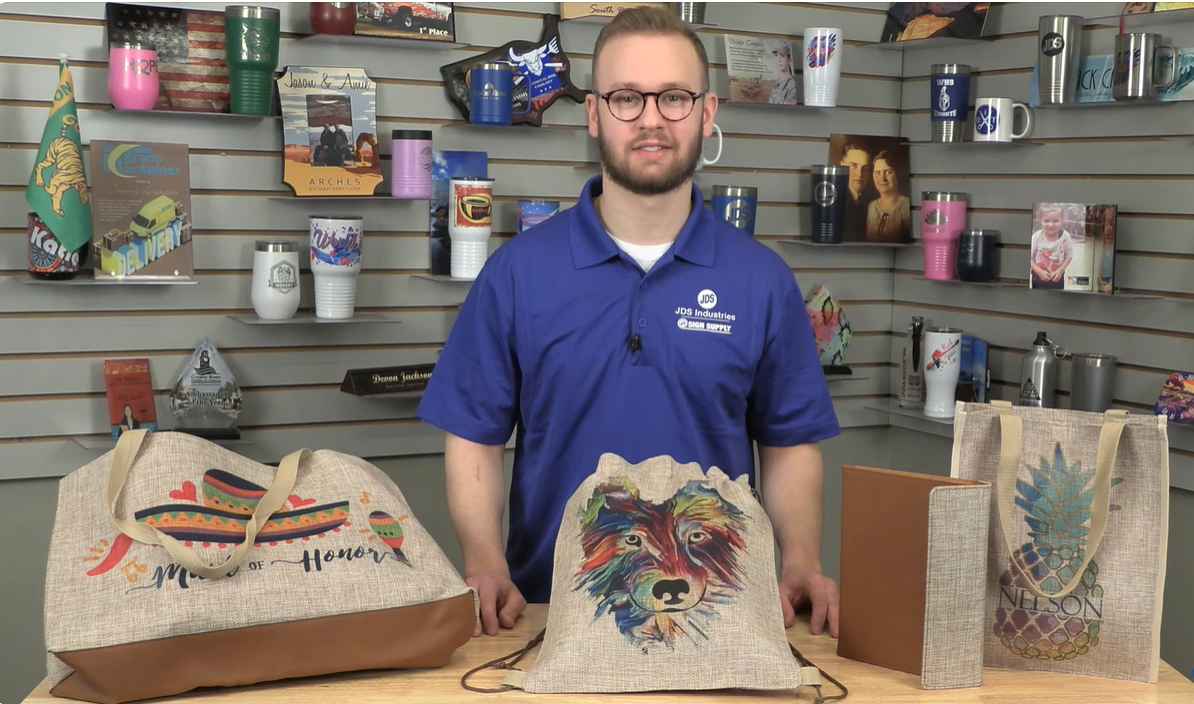
The Composition Of Burlap
Burlap, also known as hessian, is a woven fabric traditionally made from the skin of the jute plant. Due to its sturdy nature, burlap is popular for a wide range of uses, from sacks to home decor.
The following are key components of burlap:
- Strong Fibers: Jute fibers ensure durability for heavy-duty use.
- Natural Look: It carries a distinct earthy appearance.
- Affordable: Compared to other natural fabrics, burlap is cost-effective.
- Versatile: Its use spans from agriculture to artistic canvases.
Properties Relevant To Sublimation
Understanding burlap’s properties helps determine its suitability for sublimation. Sublimation requires certain fabric characteristics for a successful transfer.
These properties include:
| Property | Relevance to Sublimation |
|---|---|
| Heat Sensitivity | Burlap tolerates heat, crucial for the sublimation process. |
| Moisture Absorption | Helps with the dye’s dispersion on the fabric. |
| Color Retention | Ensures vibrant and long-lasting image transfer. |
| Print Receptivity | Affected by the fabric weave and texture. |
Note: Because burlap has a coarse texture, it may impact the clarity of sublimated images. Natural fibers like jute also lack the synthetic polymers that typically bond with sublimation dyes. This can affect the print quality and durability.
Sublimation Compatibility
Do you wonder if you can transfer vibrant designs onto different fabrics? Sublimation is a popular method that brings life to various materials. But, not all fabrics are candidates for this process. It is vital to understand what makes a material sublimation-ready. Can burlap, with its unique texture, handle the heat of sublimation? Let’s find out.

Criteria For Sublimation-ready Materials
To ensure a successful sublimation, materials must meet specific criteria:
- High Polyester Content: The fabric should have a large amount of polyester or a polymer-coated surface for vibrant results.
- Light in Color: Sublimation works best on white or light-colored backgrounds to make designs pop.
- Smooth Texture: A smooth surface allows for clearer and more precise image transfers.
Burlap’s Suitability For Sublimation
Burlap is a woven fabric made from natural fibers, typically jute. The criteria for sublimation raise questions about its compatibility:
| Criteria | Does Burlap Meet It? |
|---|---|
| Polyester Content | No, burlap is mainly jute. |
| Color Suitability | It depends, burlap can be light but often has natural, darker tones. |
| Texture | No, burlap is rough and uneven. |
Although burlap does not meet the typical criteria for sublimation, specific types of burlap with a polyester blend or coating might still be used. Experimentation and proper heat press settings are essential for possibly successful sublimation on such burlap.
Prepping Burlap For Sublimation
Curious crafters and DIY enthusiasts often wonder if they can sublimate on burlap. Before diving in, it’s crucial to properly prep the burlap for sublimation. Let’s break down how to get your burlap ready.
Preparing The Burlap Surface
The key to successful sublimation on burlap is in the preparation. Follow these simple steps to ensure the best results:
- Clean the surface: Remove any debris or loose fibers. A lint roller or tape can help.
- Iron out wrinkles: Burlap should be flat. Use an iron on a suitable heat setting.
- Apply polyester coating: Sublimation requires a polyester base to adhere to. Brush on a clear polyester coating evenly.
- Let it dry: Ensure the coating is completely dry before proceeding. This prevents smudging.
Adhesion Tips: Getting Designs To Stick
Achieving great adhesion is critical for a vibrant design transfer. Incorporate these adhesion tips:
- Use heat-resistant tape: Secure the design to prevent movement during the sublimation process.
- Check your pressure: An even, firm pressure allows the design to transfer completely.
- Peel carefully: Once the sublimation is done, remove the paper gently to reveal your design.
Sublimation Process On Burlap
Converting a design from a digital file on your computer to a physical burlap item involves the fascinating technique of sublimation. Burlap, with its rustic charm and rough texture, may not seem like the go-to material for sublimation. Yet, with the right approach, sublimating on burlap can yield unique and striking results. Let’s dive into how to do just that.
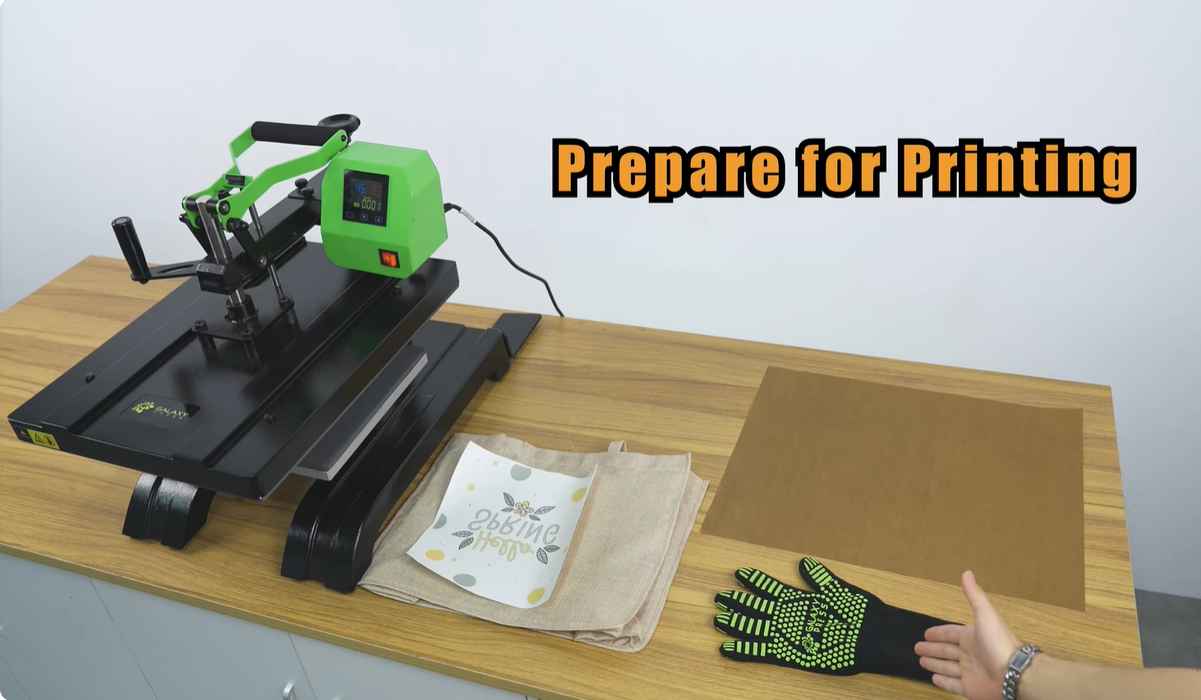
Step-by-step Guide
Transforming your digital designs onto burlap consists of specific steps:
- Select a design suitable for the burlap’s texture.
- Adjust your sublimation printer settings to match the fabric’s needs.
- Ensure the burlap you’re using can withstand high heat.
- Preheat your heat press to the recommended temperature.
- Place your design face-down on the burlap and use heat-resistant tape to secure it.
- Press according to the time suggested by your sublimation paper’s manufacturer.
- After pressing, let the burlap cool before removing the paper.
Troubleshooting Common Issues
Even seasoned crafters encounter hiccups while sublimating on burlap. Here are tips to help you navigate common challenges:
- Image Fading: Increase the temperature slightly or prolong the pressing time.
- Bleeding Colors: Make sure to use a firm backing to prevent the transfer from spreading.
- Scorching: Lower the heat press’s temperature and shorten the pressing duration.
- Inconsistent Texture: Flatten the burlap before sublimation for a smoother result.
| Issue | Solution |
|---|---|
| Image Fading | Adjust temperature or time |
| Bleeding Colors | Use firm backing |
| Scorching | Lower heat or reduce time |
| Inconsistent Texture | Flatten burlap pre-press |
Creative Projects With Burlap Sublimation
Dive into the world of creative burlap sublimation, where the rustic charm of burlap meets the vibrant world of dye-sublimation printing. This match makes for an array of stunning and unique do-it-yourself projects. Whether for home styling or crafting personalized gifts, sublimation on burlap unlocks a door to endless artistic possibilities.
Home Decor Applications
Transform your living space with burlap sublimation. This technique breathes new life into everyday items. Burlap’s rugged texture, paired with vivid custom prints, creates eye-catching pieces.
- Pillows: Bring a personal touch to your couches.
- Wall Art: Hang bespoke art that pops on walls.
- Table Runners: Set your dining table apart.
- Coasters: Protect surfaces in style.
| Item | Customization Idea |
|---|---|
| Burlap Pillows | Family photos or quotes |
| Burlap Banners | Festive messages or images |
| Burlap Placemats | Monograms or seasonal designs |
The process is straightforward. Print your design, press it onto the burlap, and watch as the heat transfer works its magic, creating lasting impressions.
Personalized Gifts And Accessories
Looking for a heartfelt gift? Sublimated burlap items are perfect. Add a personal note or image to your creations. They make memorable presents for loved ones.
- Select a product, such as a burlap tote or an accessory pouch.
- Design your print with names, dates, or artwork.
- Press the design and create a tailor-made gift.
Burlap totes: Perfect for groceries or beach days.
Accessory pouches: Ideal for makeup or stationery.
Each personalized item carries a special story. Your loved ones will cherish these keepsakes forever.
Caring For Sublimated Burlap
Adopting the rustic charm of burlap brings a trendy twist to home decor and crafts. When you combine this with the vibrant hues of sublimation printing, you get a product that’s both eye-catching and unique. But to ensure your sublimated burlap items maintain their allure, special care is essential. Let’s explore how to keep your pieces looking as dazzling as the day they were made.
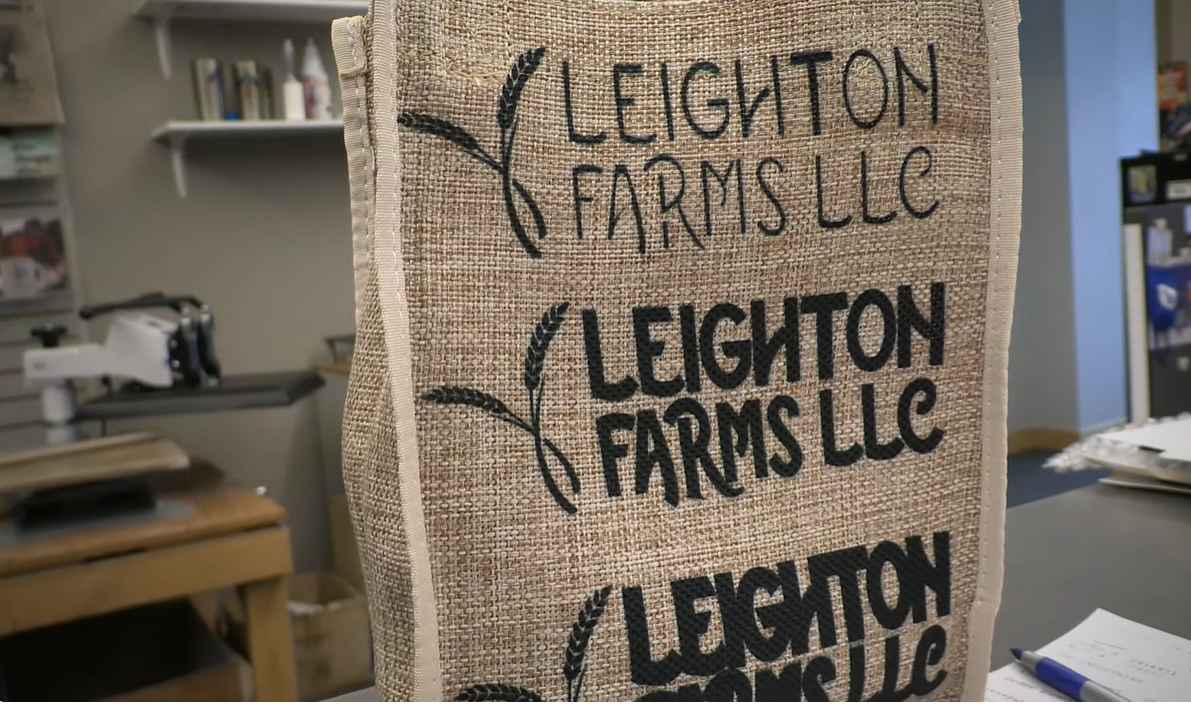
Maintenance For Longevity
Ensuring durability in sublimated burlap items is straightforward with the right approach. Keep your pieces vibrant and tough against wear and tear with these simple steps:
- Avoid excessive sunlight, as it can fade the colors.
- Gentle cleaning is key; harsh chemicals can damage the print.
- Moisture is a foe; keep items dry to prevent deterioration of the fabric.
- For storage, choose a cool, dark place free from dust or contaminants.
Do’s And Don’ts
| Do’s | Don’ts |
|---|---|
| Use a mild detergent for cleaning. | Scrub the printed areas harshly. |
| Blot gently with a soft cloth. | Expose to direct heat or steam. |
| Iron on the reverse side, if necessary. | Squeeze or wring out the fabric. |
| Hang or lay flat to dry. | Use bleach or fabric softeners. |
Frequently Asked Questions For Can You Sublimate On Burlap (explained)
Can Burlap Be Sublimated?
Burlap cannot typically undergo sublimation due to its natural fibers. Sublimation printing requires synthetic materials like polyester to properly bond with the dye.
What Are The Settings For Sublimation On Burlap?
For sublimation on burlap, use a heat press at 400°F for 60 seconds, under medium pressure. Always test a small piece first to ensure quality.
What Fabric Can You Not Sublimate On?
Sublimation printing does not work on 100% cotton or non-polyester fabrics, as they can’t retain the sublimation ink during the heating process.
Can You Sublimate On Burlap Stockings?
Sublimation on burlap stockings is not recommended, as burlap’s natural fibers don’t support sublimation ink transfer effectively. Opt for polyester-coated alternatives for better results.
Conclusion
Exploring the potential of burlap for sublimation opens up a canvas of creativity. While limitations exist, proper techniques can lead to successful transfers. Remember to use polyester-coated burlap for optimal results. Unleash your artistic prowess and transform this rustic material into a masterpiece.
Ready to give it a try?

